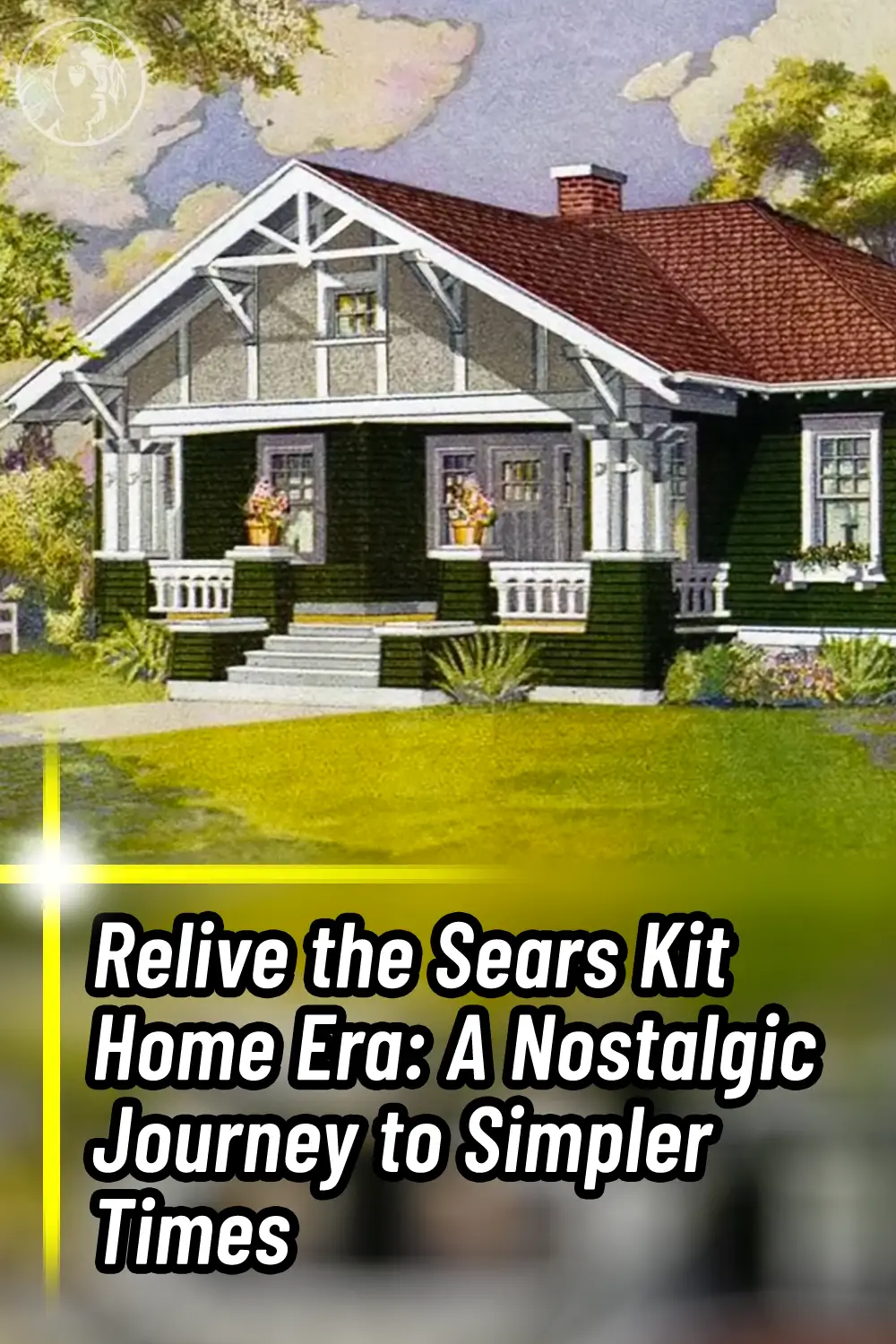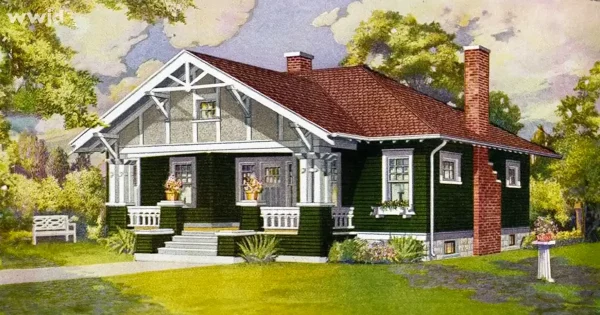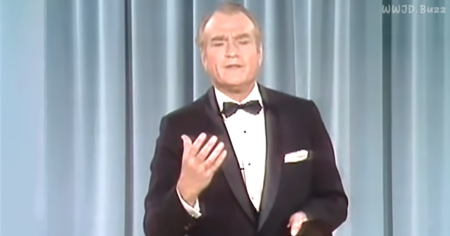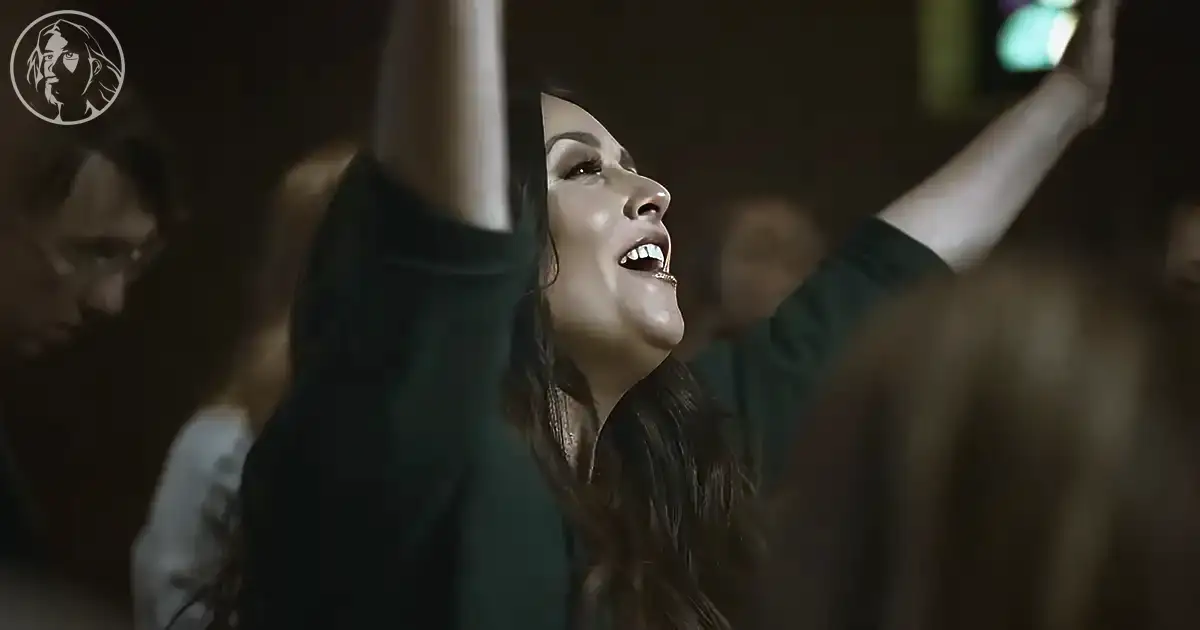A Journey Back to the Sears Kit Home Era
In the vast tapestry of our shared history, there’s a unique thread that often goes unnoticed – the story of the Sears Kit Homes. Before the rapid development of today’s suburbia, these homes represented the spirit of innovation and the democratization of homeownership. Take a moment to watch the video below, and allow us to take you back to those simpler times.
From Watches to Homes
When Richard Sears and Alva Roebuck started a mail-order watch company in the late 1800s, little did they know their enterprise would evolve into an institution that offered more than a hundred thousand items, right from clothing and toys to household items. It was a time when the Sears Roebuck catalog became a staple in homes across the country, with families eagerly flipping through the four-pound tome, dreaming of the items they could have delivered right to their door.

The Birth of the Sears Kit Home
One remarkable item in the catalog was the humble building supplies. Initially, they didn’t sell very well, resulting in an overstock of inventory. But Frank Kushel, a visionary in the company, suggested a bold idea in 1906 – why not sell kits for building entire homes? The result was the Sears Modern Homes catalog, offering all the material and blueprints needed to build a house. Thus, the Sears Kit Home was born.
Mail-Order Homes: A Testament to Simplicity and Efficiency
These kit homes, named after cozy small towns like Argyle, Avondale, and Maplewood, were shipped to anyone who had the cash and access to a catalog. From pocket-sized English cottages to three-story mansions, families chose homes that suited their needs, tastes, and budgets. The kits arrived at local railroad stations, complete with pre-cut lumber, siding, shingles, windows, doors, nails, paint, and the building plans.

The Legacy of the Sears Kit Home
Between 1908 and 1940, the Sears Kit Home left an indelible mark on housing history, demonstrating that homes could be standardized, affordable, yet attractive and well-built. Sadly, the Great Depression and pre-World War II shortages of building materials eventually led to the end of the Modern Homes program in 1940. However, the influence of these homes lives on. The next time you take a walk around your neighborhood, see if you can spot one of these architectural gems.
Now, as we journey together through this nostalgic narrative, we invite you to watch the video below. Like it, share it, and immerse yourself in the memories of the past, because these stories of yesteryear enrich our understanding and appreciation of the present.
Share with your friends because sharing is caring.









